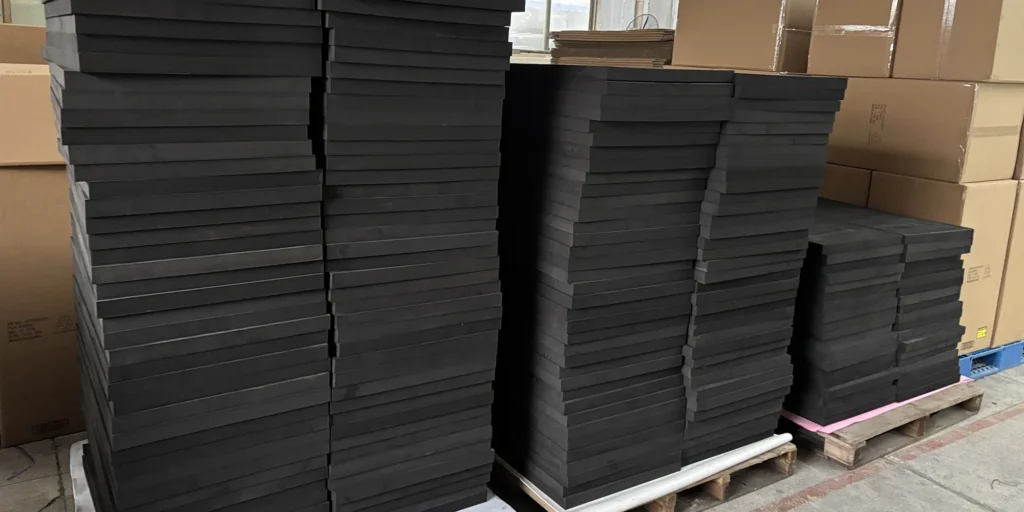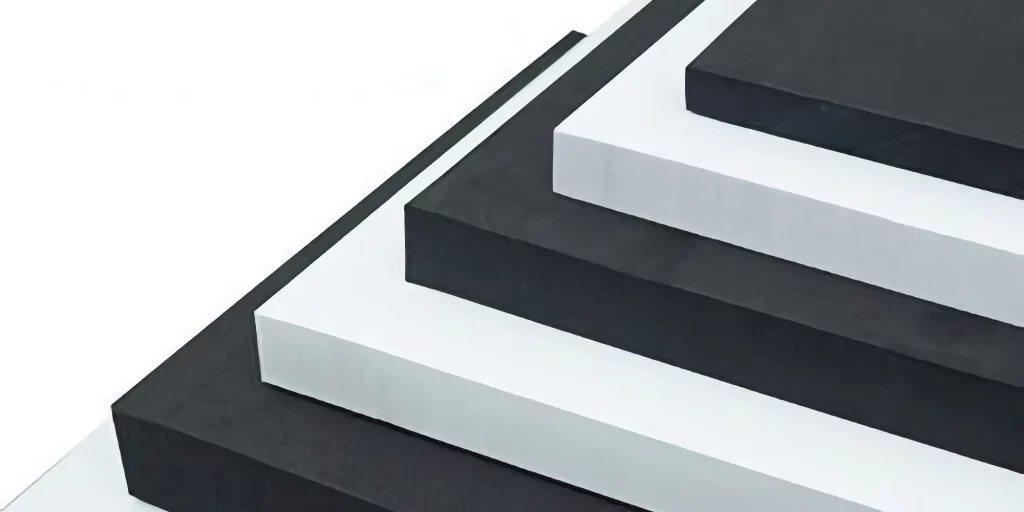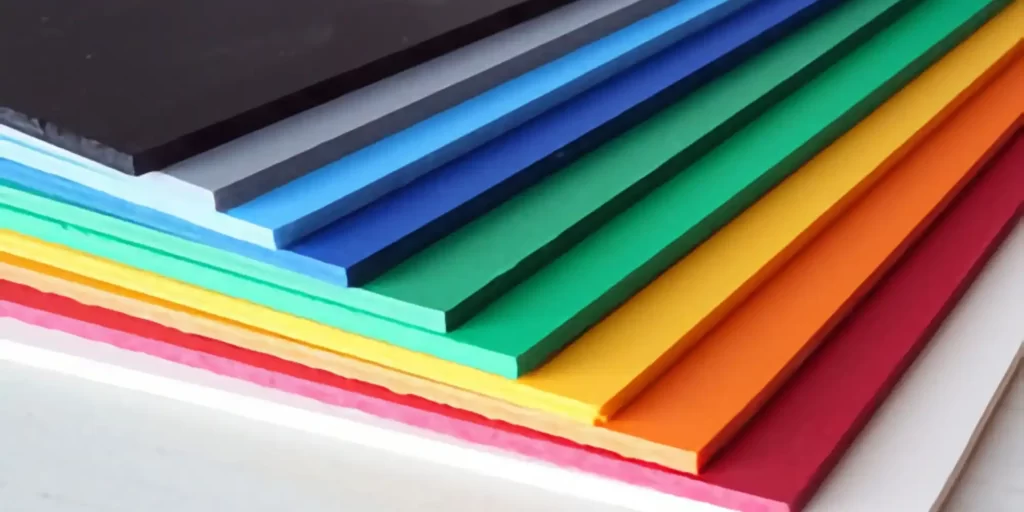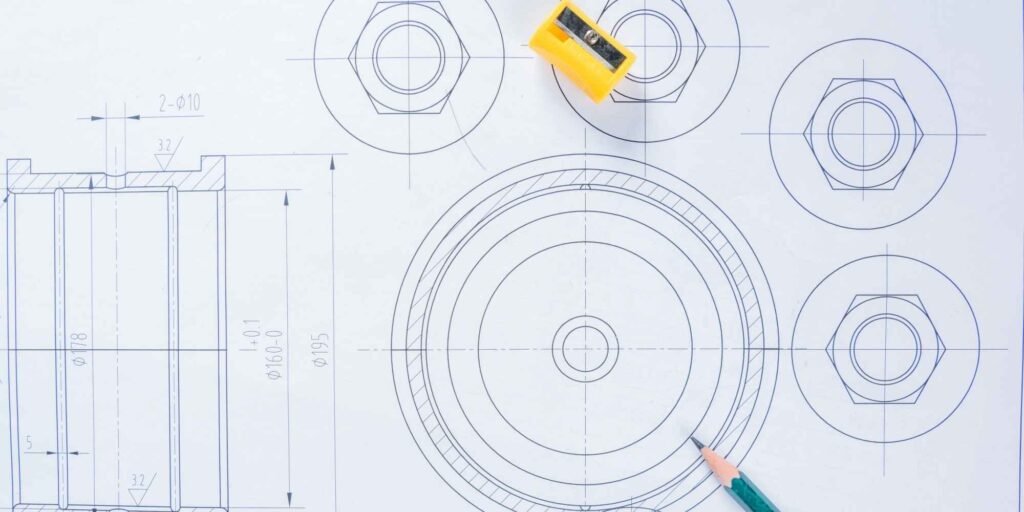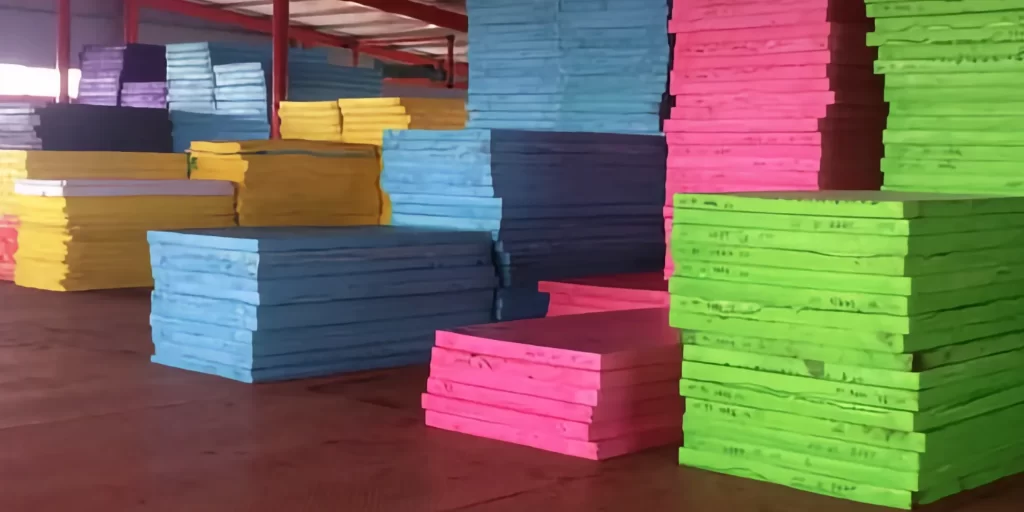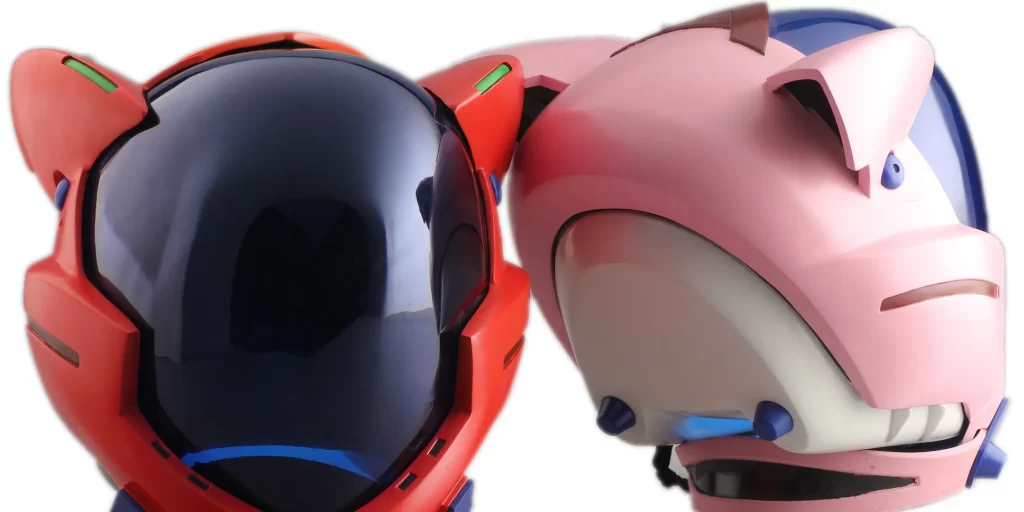As a specialized manufacturer of foamed materials, we provide an in-depth analysis of the differences in foaming processes between PE and EVA polymers, with a focus on how product density influences cushioning performance, cost efficiency, and application suitability. Mastering density control techniques can help clients enhance product performance by 12-25% in fields such as packaging, sports equipment, and building acoustics.
Core Manufacturing Parameter Comparison
| Parameter | Foamed PE | Foamed EVA |
|---|---|---|
| Typical Density Range | 25-200 kg/m³ | 30-500 kg/m³ |
| Closed-Cell Percentage | ≥92% | 65-85% |
| Molding Temperature | 160-180°C | 110-130°C |
| Energy Consumption Cost | 21-23 kW·h/t | 18-20 kW·h/t |
Density and End-Use Application Matching Guide
Packaging Solution Configuration
- <30 kg/m³: Protective layers for precision electronic device transportation
- 30-80 kg/m³: Buffer corner pads for large machinery
- Practical Tip: Verify compressive performance of products at different densities through rebound rate testing under ASTM D3575 standards.
FAQ Section
Q1: Why is EVA foam preferred for outdoor products?
A: Within the density range of 0.45-0.55 g/cm³, EVA materials maintain a water absorption rate of <3% (ASTM D570 standard). When modified with crosslinking agents, they achieve IP67 waterproofing—a critical performance indicator difficult to attain with PE foam.
Q2: What are the advantages of high-density foam materials in soundproofing applications?
A: When EVA density reaches 300 kg/m³, its Sound Transmission Class (STC) reaches 32 dB (ISO 10140 standard), offering a 15% improvement in sound energy dissipation compared to PE materials of the same density. Custom formulations with a closed-cell percentage >80% are recommended.
Q3: How can the density of sports mats be reduced without compromising load-bearing capacity?
A: Utilizing a three-layer composite design (Patent EP 3987654B1), with a high-density EVA (150 kg/m³) core for load-bearing and a low-density PE (25 kg/m³) surface for enhanced tactile comfort, allows for a load capacity of 800 kg/m² while maintaining a 6 mm compression deformation.
Q4: How to address density inconsistency in foam products?
A: Optimizing molding process parameters is essential. Recommendations include:
- Extending pre-plasticization time by 30-45 seconds (adjusted based on material quantity)
- Maintaining consistent holding pressure (15±0.5 MPa) to ensure uniform foaming agent decomposition
- Using planetary mixers with a production capacity of over 200 kg/hour to improve material mixing uniformity.
WELLE Trade has over 20 years of experience in the production and processing of PE/EVA/TPE foams, so you may want to consult with them if you have any sourcing needs.
